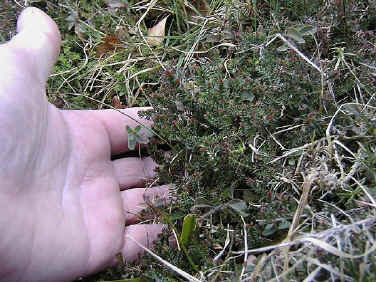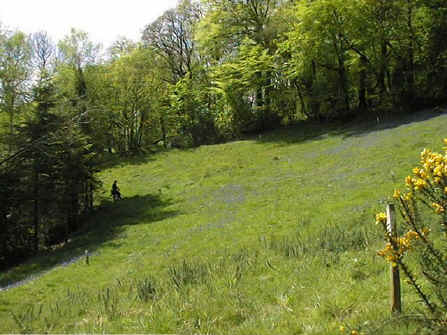|
The Woodland Education Centre |
|
|
The Woodland Education Centre |
|
Summary 2
Summary points 1-10 11-16 17-18 19-26
|
 |
Reseeding has not been necessary, as the Heather
was regenerating naturally. European Gorse was one of the most dominant species overall, while Western Gorse was just beginning to establish on the site. |
|
 |
|
|
Ecological Surveys 96 - 98 |